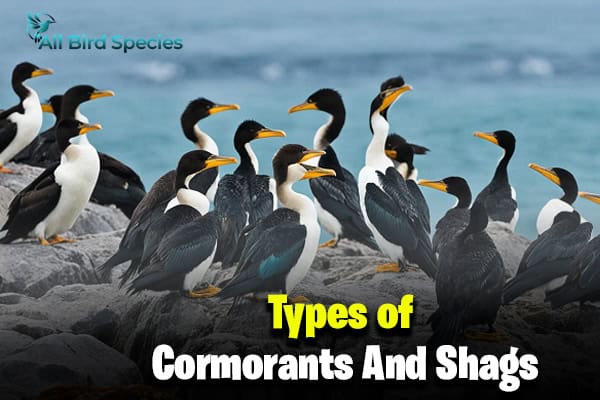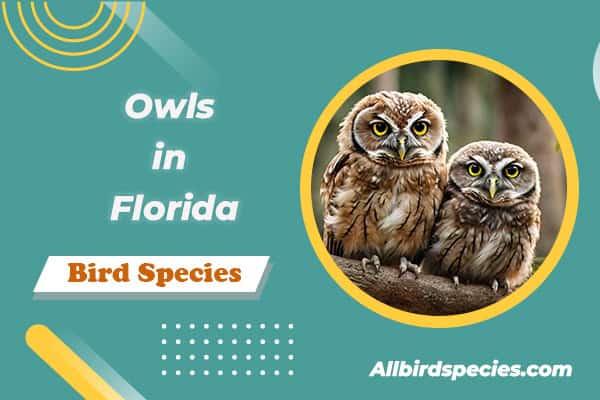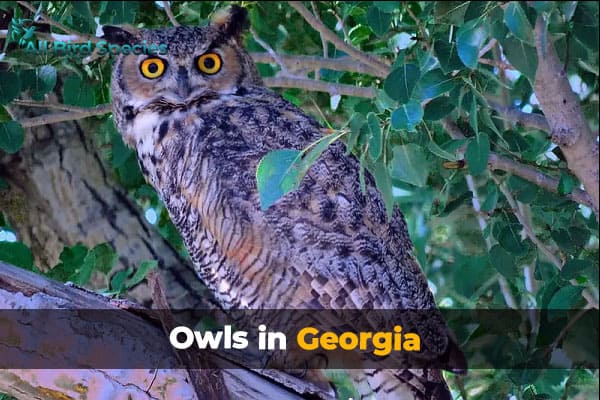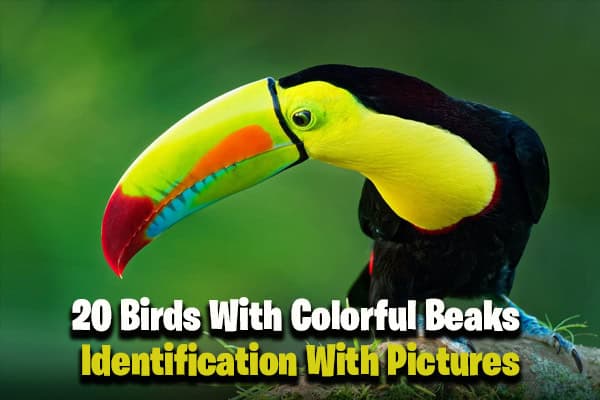Types of Cormorants And Shags (Phalacrocoracidae Family)
Did you know the Phalacrocoracidae family has over 40 bird species? These birds are known for their amazing diving skills. They hunt in both fresh and saltwater around the world. They have special traits and different types, showing their important roles in nature.
Exploring this world, you’ll see how local names for these birds often mix up. This is because of their looks, like if they have crests. Let’s dive into the interesting traits and groups of these amazing birds in the Phalacrocoracidae family.
Understanding the Phalacrocoracidae Family
The Phalacrocoracidae family includes many types of aquatic birds. They are called cormorants and shags. There are 26 to 41 species, depending on how you look at it. They used to all be in one genus, Phalacrocorax, but now there are three: Leucocarbo, Microcarbo, and Phalacrocorax.
Cormorants and shags live in big groups on cliffs and islands. They work together to catch fish. When they come back up, they spread their wings and tails to dry off. This is something you might find interesting to watch.
The Difference Between Cormorants and Shags
The terms cormorants and shags might sound the same, but they mean different things. They are different bird species that can be told apart by their morphology. To start identifying birds, look for unique traits that make them stand out. If a bird has a crest, it’s likely a shag. This can make it hard, especially with all the different kinds of birds out there.
Here are some tips to help you tell them apart:
- Size: Cormorants are usually bigger than shags, which helps tell them apart.
- Coloration: Shags have brighter and clearer colors than the duller cormorants.
- Anatomical Characteristics: Shags have more visible crests or special feathers that help you tell them from cormorants.
Knowing these differences makes bird watching more fun and helps you identify birds better.
Types of Cormorants
Cormorants are interesting birds that come in two main groups. Each group has its own traits and ways of living. Knowing the differences between the Microcarbo and Phalacrocorax groups shows how diverse cormorants are.
Genus Microcarbo
The Microcarbo group has smaller cormorants. You can find them mainly in Europe, Africa, and Australasia. They are agile and live in smaller waters. Their size lets them live in different places and hunt well.
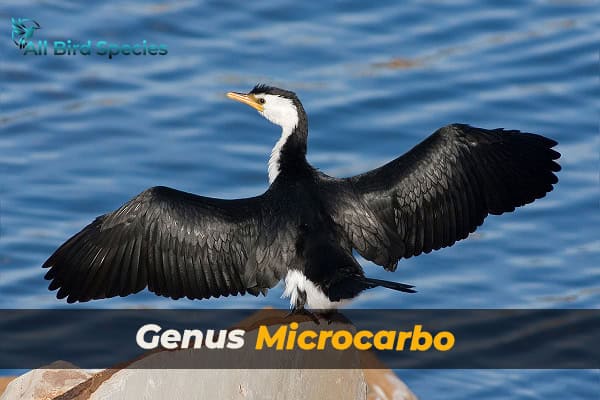
Here are some types in this group:
- Little Pied Cormorant
- Lesser Cormorant
- Pygmy Cormorant
Genus Phalacrocorax
The Phalacrocorax group has bigger cormorants. Some are called blue-eyed shags. They live near the coast and in big lakes, where they find lots of food. Their size and strength help them dive deep and hunt far.

Some well-known types in this group are:
- Double-Crested Cormorant
- European Shag
- Imperial Cormorant
Microcarbo Species Overview
The Microcarbo genus includes many interesting species. Each one has its own special traits and places to live. Learning about these Microcarbo species helps us understand their roles in nature and what makes them unique.
Reed Cormorant (Microcarbo africanus)
The Reed Cormorant lives in sub-Saharan Africa, near freshwater lakes and rivers. It has a long tail and changes color during the breeding season. It’s great at catching fish by diving deep into the water.

Crowned Cormorant (Microcarbo coronatus)
Seeing the Crowned Cormorant is a treat for bird lovers. It has a small crest and bright red eyes. It lives on the southwestern coasts of Africa, in rocky places, and dives for fish with precision.
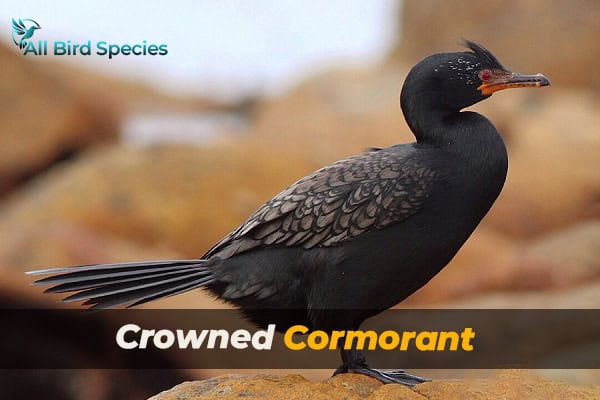
Little Pied Cormorant (Microcarbo melanoleucos)
The Little Pied Cormorant looks striking with its black and white feathers. It lives in many water places, like lakes and by the coast. It’s known for its smooth diving to catch fish and other small creatures.
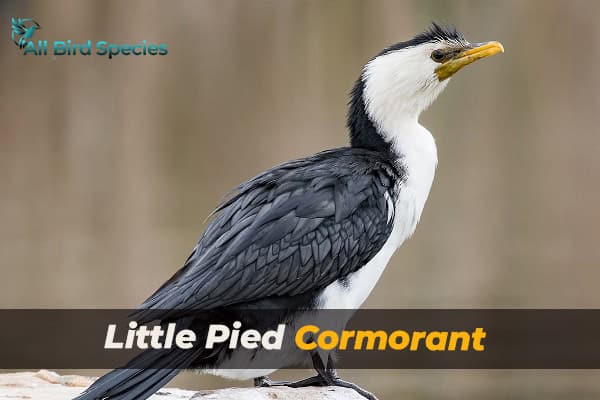
Little Cormorant (Microcarbo niger)
In the Indian subcontinent, the Little Cormorant is easy to spot because it’s smaller than other cormorants. It likes ponds and rivers, where it hunts fish with amazing diving skills. It plays a big part in the local water ecosystems.
Pygmy Cormorant (Microcarbo pygmaeus)
The Pygmy Cormorant prefers swimming in rice fields and shallow water. It’s found in southern Europe and Asia and helps control fish populations. Its small size and quick swimming make it a great fish hunter.

| Species | Habitat | Distinctive Features | Diving Technique |
|---|---|---|---|
| Reed Cormorant | Sub-Saharan Africa, freshwater lakes, rivers | Long tail, variable plumage | Skilled diver, hunts fish |
| Crowned Cormorant | Southwestern coasts of Africa, rocky shorelines | Small crest, red eyes | Precise diving for fish |
| Little Pied Cormorant | Freshwater lakes, coastal areas | Black and white plumage | Fluid diving techniques |
| Little Cormorant | Indian subcontinent, ponds, rivers | Shorter stature | Remarkable diving skills |
| Pygmy Cormorant | Southern Europe, Asia, rice fields, shallow waters | Compact size, agile | Efficient hunting in shallow waters |
Phalacrocorax Species Overview
The Phalacrocorax genus includes many interesting species. Each one has its own special traits and lives in different places. They can be found from the coast to freshwater lakes. This shows how adaptable and important they are in nature.
White-Bellied Shag (Phalacrocorax albiventer)
The White-Bellied Shag lives on the rocky coasts of the Falkland Islands. It has a white belly and dark back, which helps it blend in with its surroundings. Watching these birds dive for fish shows how they hunt.
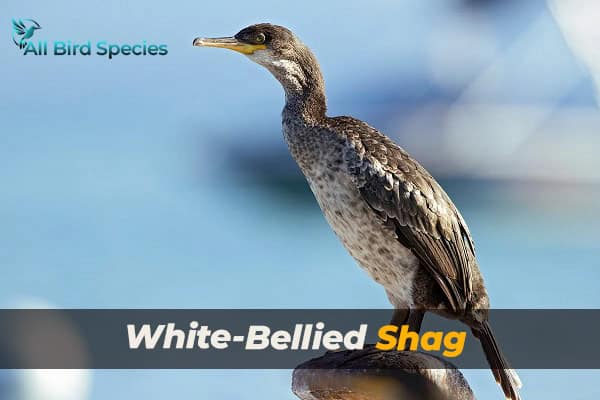
European Shag (Phalacrocorax aristotelis)
In Europe, the European Shag is a common sight. It has shiny black feathers and bright yellow on its face. They build nests on cliffs, making the area more colorful. They live in big groups, enjoying each other’s company.
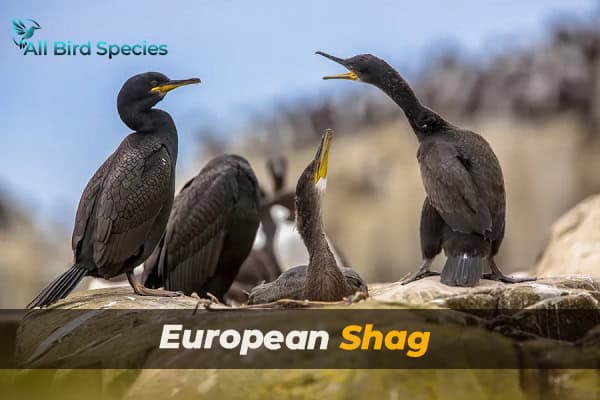
Imperial Cormorant (Phalacrocorax atriceps)
The Imperial Cormorant is known for its blue rings around its eyes. It lives in southern Argentina and Chile. This bird looks elegant and is very active while hunting. Watching them fish shows how skilled they are in the water.
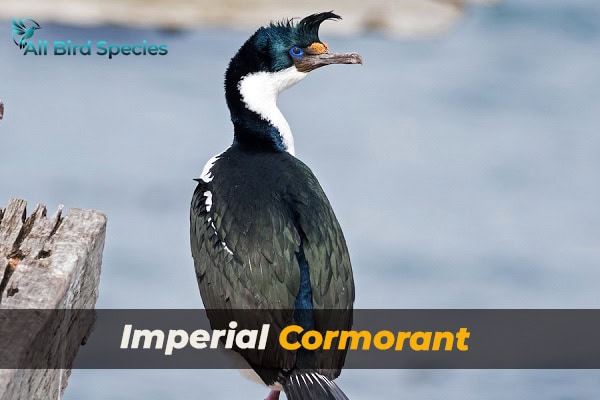
Double-Crested Cormorant (Phalacrocorax auritus)
The Double-Crested Cormorant (Phalacrocoracidae Family) is the most common in North America. It has orange-yellow skin on its face and a double crest in the breeding season. This bird can live in both fresh and saltwater, showing its ability to adapt to different places.
| Species | Habitat | Distinctive Features |
|---|---|---|
| White-Bellied Shag | Rocky coasts of Falkland Islands | White belly, dark back |
| European Shag | Coastal cliffs in Europe | Glossy black plumage, yellow facial features |
| Imperial Cormorant | Southern Argentina and Chile | Blue eye-rings |
| Double-Crested Cormorant | Freshwater and marine environments, North America | Orange-yellow facial skin |
Habitat and Behavior of Cormorants and Shags
Cormorants and shags live in many places like coasts, lakes, and rivers. They like areas with lots of water plants and clear water. This is perfect for hunting. Knowing where they live helps protect these birds because they need healthy places to survive.
These birds are very social. They often live in big groups, especially when they’re having babies. Living together makes them safer and helps them hunt better. You might see them work together to catch fish, showing how smart they are.
Here are some important things about where cormorants live and how they act:
- Coastal Waters: Very important for sea-dwelling species
- Freshwater Bodies: Lakes and rivers are great for finding food
- Nesting Colonies: Living together helps with safety and breeding
- Diving Techniques: They can dive at different depths and in many conditions
Cormorants and shags play a big role in their ecosystems. They help keep fish populations healthy and add to the variety of life. Understanding these birds helps us work to protect them, so they can keep living in their natural homes.
| Aspect | Description |
|---|---|
| Cormorant Habitat | Coastal areas and freshwater places with lots of food |
| Cormorant Behavior | Social, likes to live and gather in groups |
| Diving Ability | Great at diving and can adapt to different water conditions |
| Feeding Strategy | Works together to catch fish |
Diving Techniques and Hunting Strategies
Cormorants are amazing birds with great diving skills and hunting tactics. They move under water with skill to catch different kinds of food. This shows how they fit into their environment and helps us protect them.
Pursuit Diving Habits
Cormorants are great at chasing their food underwater. They use their webbed feet to move fast and smoothly. They can dive deep and far to catch fish and other water creatures.
They often hunt together, working as a team to catch small fish. This makes it easier for them to get their food.
Dietary Preferences and Feeding Habits
Cormorants eat slow fish, crustaceans, and sometimes amphibians. What they eat changes with the species and where they live. They can live in many places and find different foods to eat.
| Prey Type | Description | Feeding Strategy |
|---|---|---|
| Fish | Slow-moving species typically found in shallow waters. | Pursuit diving and corraling techniques. |
| Crustaceans | Includes shrimp and crabs, often found near the shore. | Foraging techniques with opportunistic feeding. |
| Amphibians | Occasionally consumed, particularly in freshwater habitats. | Emphasis on adaptability and opportunism. |
Conservation Status and Threats
Cormorants are key to their ecosystems, but their status varies by species. Some are Least Concern, while others face big challenges. The main threats are habitat loss, pollution, and overfishing. These threats harm their numbers and health.
Habitat loss comes from urban growth and land use changes. This cuts down on places to nest and find food. Pollution from industrial waste and plastic harms their homes and food spots, affecting their health. Overfishing also reduces their food, making it hard for them to survive.
The effects of these threats are huge. Cormorants depend on certain foods, so changes in the food web hurt them. Knowing these threats helps us protect cormorants. By fixing their homes, cutting pollution, and managing fishing, we can help them survive.
Check our Previous Articles:
Fascinating Facts About Cormorants and Shags
Cormorants and shags (Phalacrocoracidae Family) have amazing bird characteristics that catch the eye of experts and bird lovers. They especially dry their wings because they don’t have waterproof oils. This helps them dry off and keep warm.
Watching them together is interesting. They live in big groups and make a lot of noise, especially when they’re making babies. These interesting cormorant behaviors show how social they are and make watching them fun.
They come in different looks, like beak shapes and feather colors. These bird characteristics help them live in many places. Here are some cool cormorant facts:
- Cormorants can dive up to 45 meters in search of food.
- Their nests are often made from a mix of seaweed and other vegetation.
- They have excellent eyesight, allowing them to spot fish from the surface.
Seeing cormorants and shags in the wild helps us learn more about them. It shows us how complex and important they are to their homes.
Wrapping Up…
In this cormorant overview, you’ve learned about these amazing birds. They are part of the Phalacrocoracidae family. These birds are known for their diving skills and social ways. They play a big role in the health of our water worlds.
They come in many species, living in different places. Each one has its own way of hunting. This makes them great at finding food in their homes.
We need to keep working to protect cormorants and shags for the future. Their homes are being destroyed and their numbers are going down. It’s up to us to help them by supporting conservation efforts.
Learning about cormorants helps us understand their role in nature. We must all do our part to protect nature. This way, future generations can also enjoy these incredible birds.

